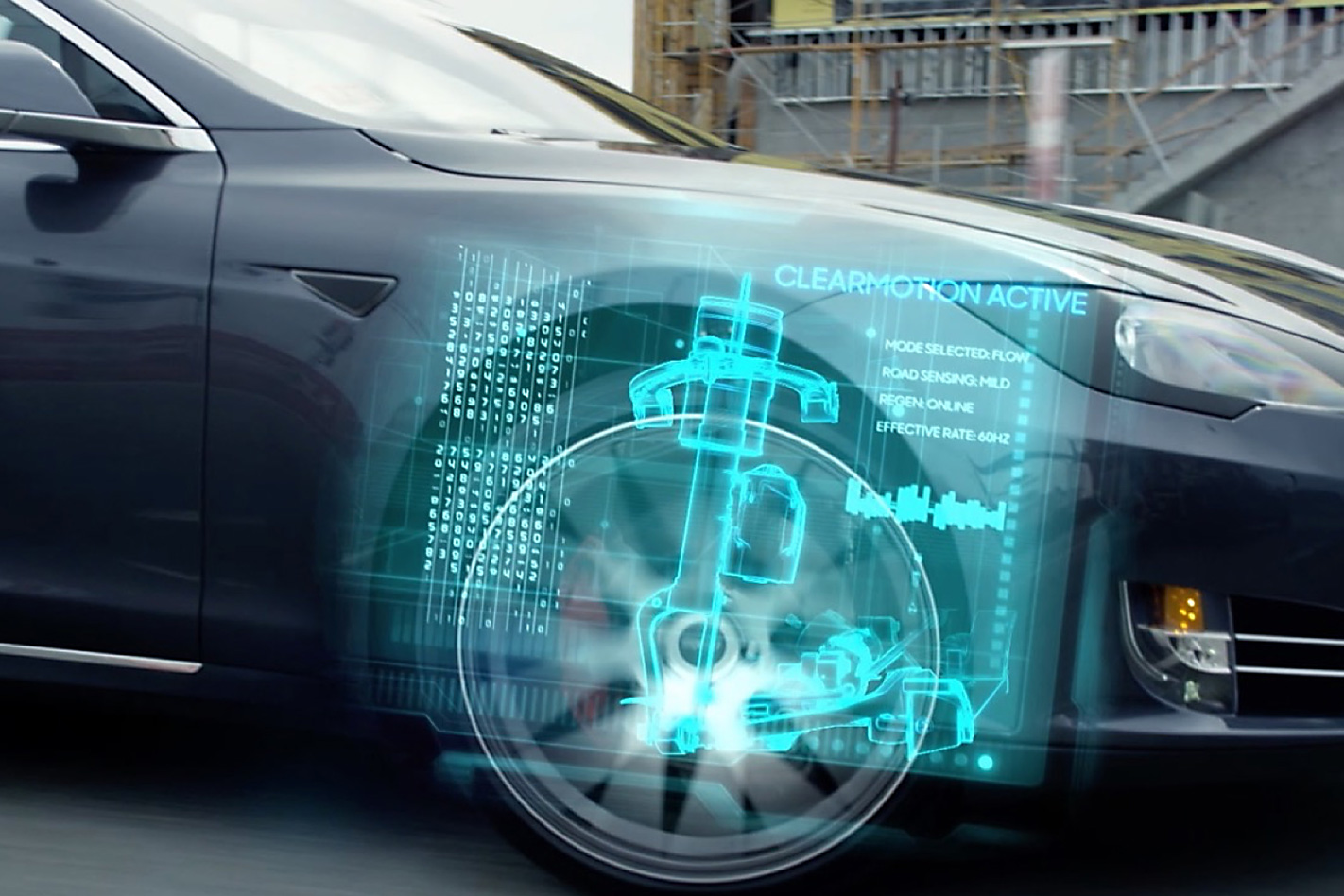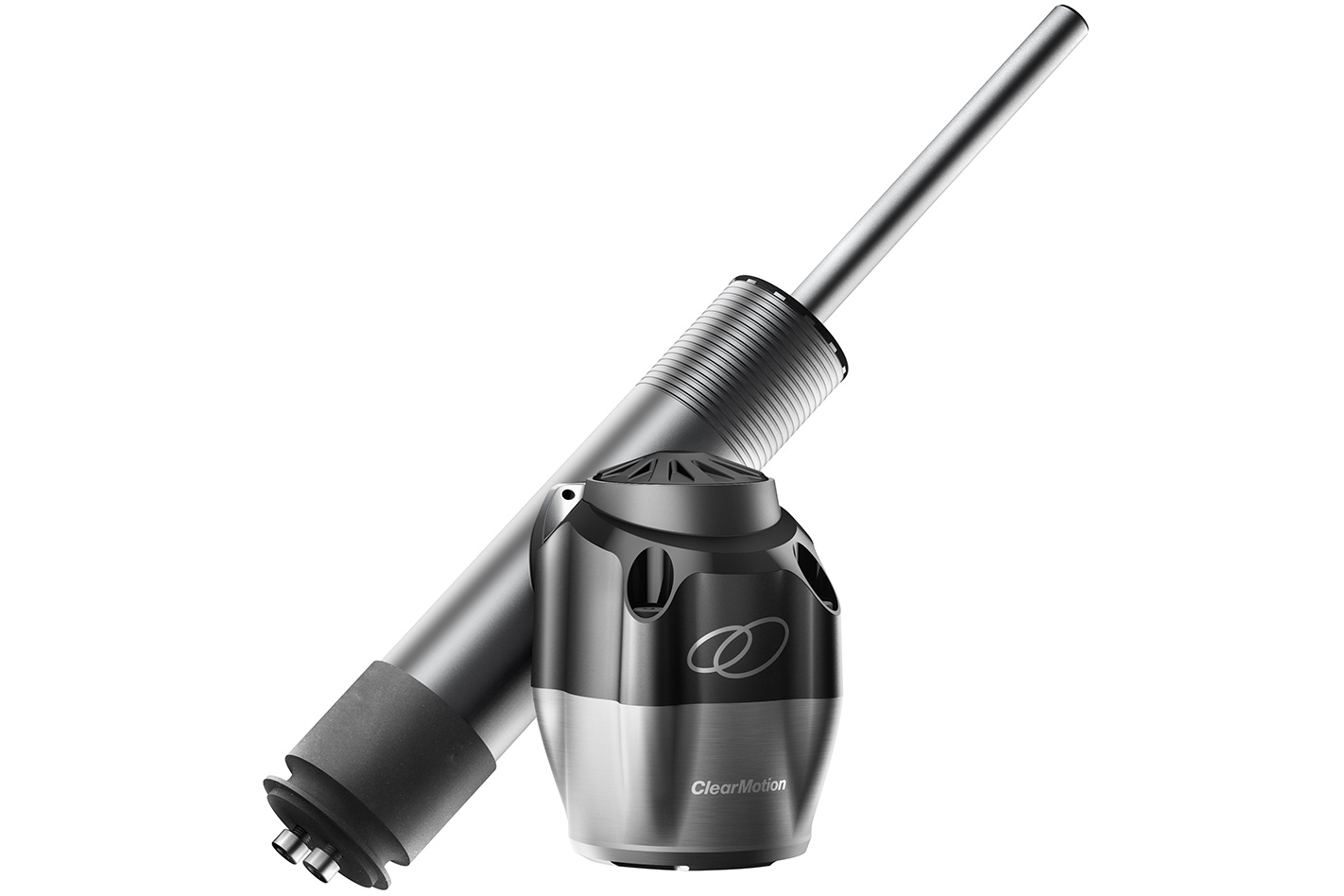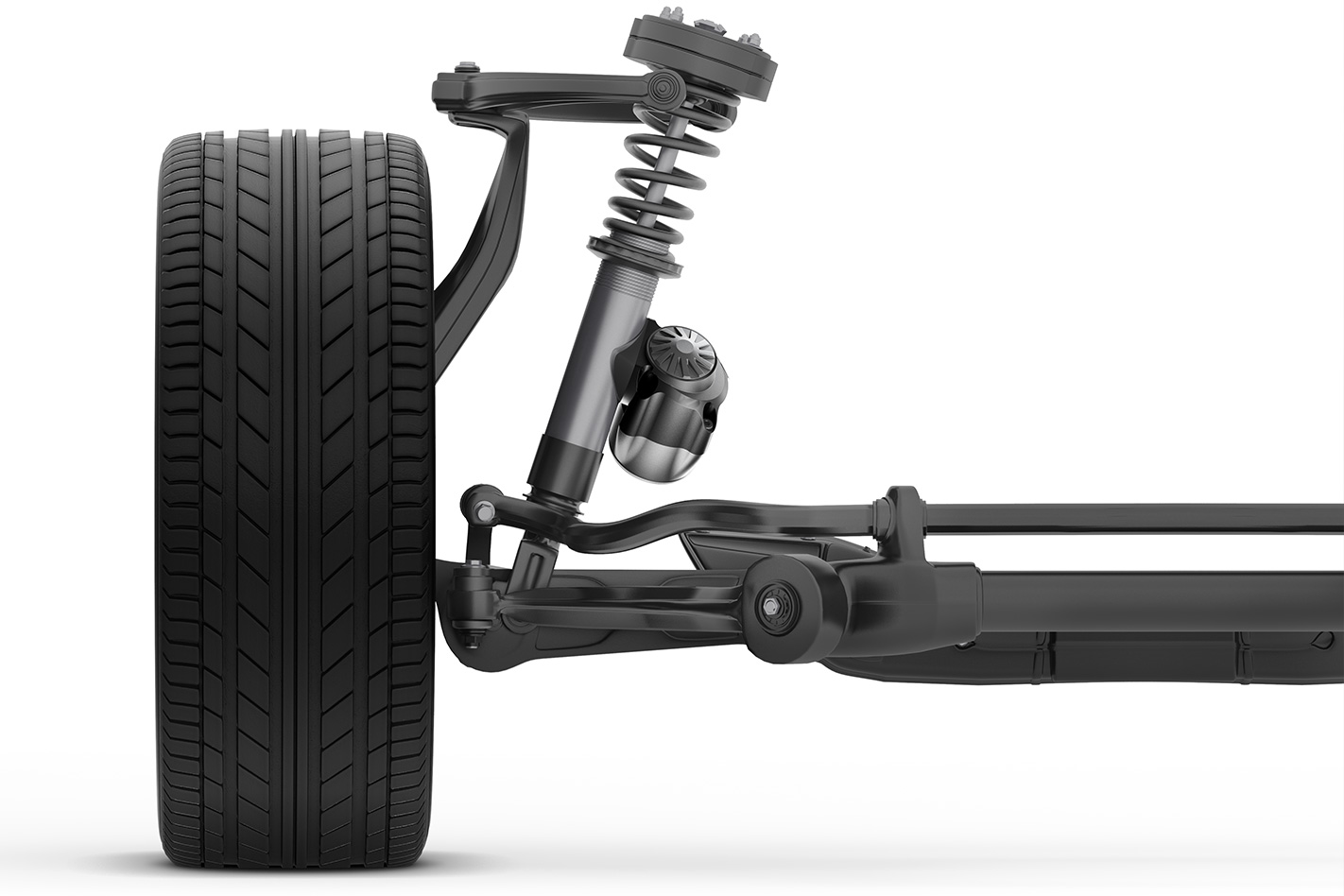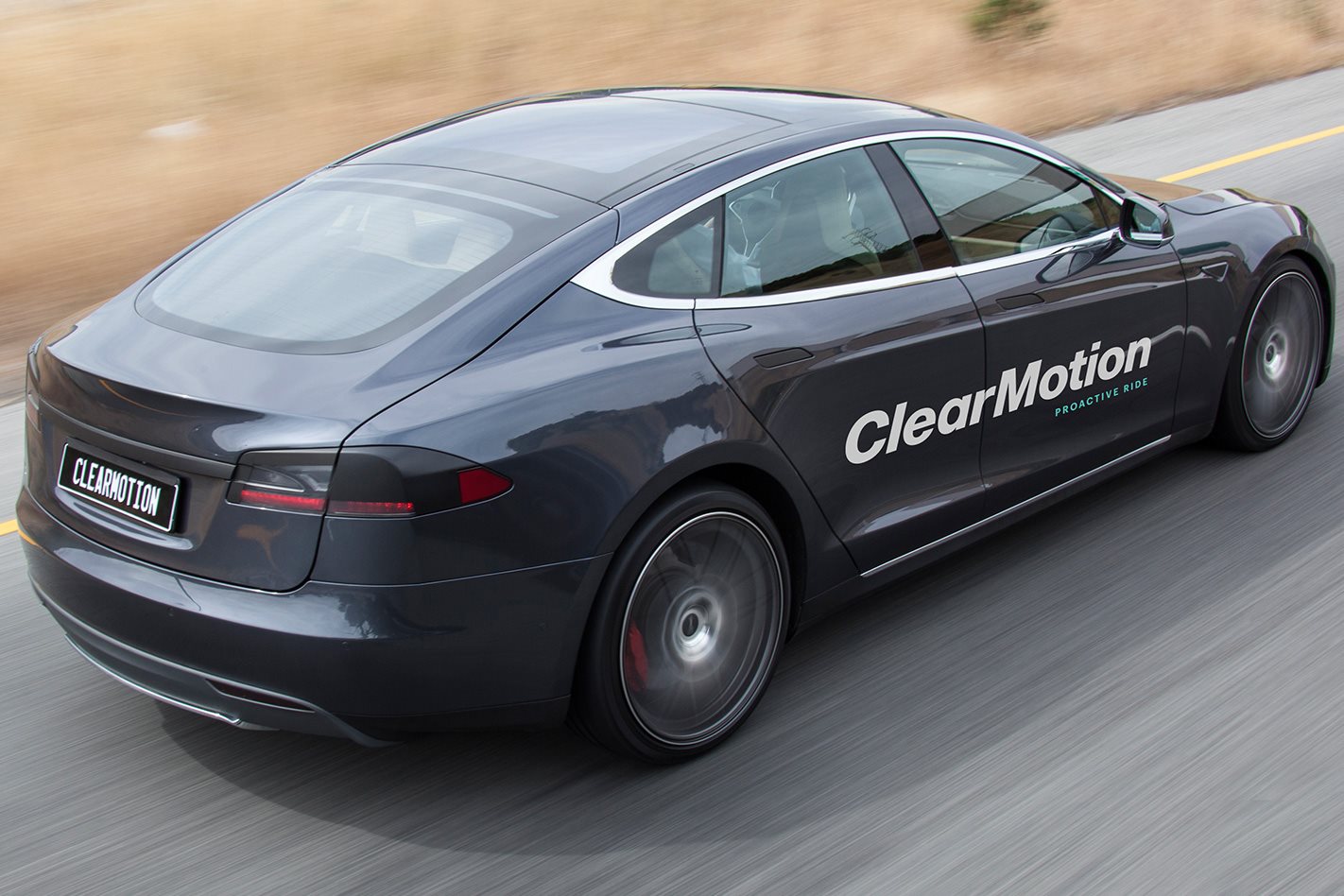US-based technology start-up Clearmotion has acquired the radical suspension technology developed by Bose over more than two decades, and is refining the proactive chassis system for tomorrow’s self-driving cars.
While the idea looked promising when it was showcased by Bose in 2004, technological constraints rendered the system bulky and heavy, but its new owner has raised a further US$100m to miniaturise and commercialise the innovation.
Based on the same principle as an audio speaker’s magnet and cone, the proactive suspension doesn’t just absorb and smooth imperfections from the road as a conventional system does, it actually senses changes in the road surface ahead and actively moves the wheel height to counter the obstacle.

Even suspension systems with active dampers allow the wheel to be moved passively by potholes and speed bumps, but the Clearmotion system is the first of its kind to proactively raise and lower the suspension before the body of the car –and occupants – are affected.
The exact workings of the device are a unsurprisingly a closely guarded secret, but official design images show a unit that is more compact and elegant than the cumbersome Bose tech.
Following the tech buyout and hefty cash injection, Clearmotion has significantly reduced the size of the units to a component little larger than a conventional damper – the part replaced by its technology.
For its debut in 2004, the consumer electronics company used a 1994 Lexus LS400 to demonstrate the prototype system, but Clearmotion says the technology has most scope and potential for true autonomous vehicles.

The theory goes that a driver of a vehicle is more tolerant of body movement when in motion, but occupants of autonomous cars, who are not watching for changes in the road will be more agitated by surface imperfections transmitted into the cabin.
Footage of previous prototype technology highlighted the significant difference the proactive technology can make to the attitude of a car body in motion, and the advantages to fully-autonomous cars, says Clearmotion.
Not only will passengers find tasks such as typing or writing easier in a smoother-riding car, the technology also resists body-roll in corners and dive under heavy braking – both advantages for high-performance vehicles.

As an added bonus, the system enables regeneration of electricity by turning the linear motors into linear generators, which reduces the amount of power required by the system and would also increase the range of EVs in the same way existing regenerative braking extends battery range.
Partners in the venture include Bridgestone, Qualcomm and World Innovation Lab with Clearmotion offices in the UK as well as the United States. The company employs 160 staff but its global presence and scale are expected to grow as its potentially revolutionary technology gains momentum.






